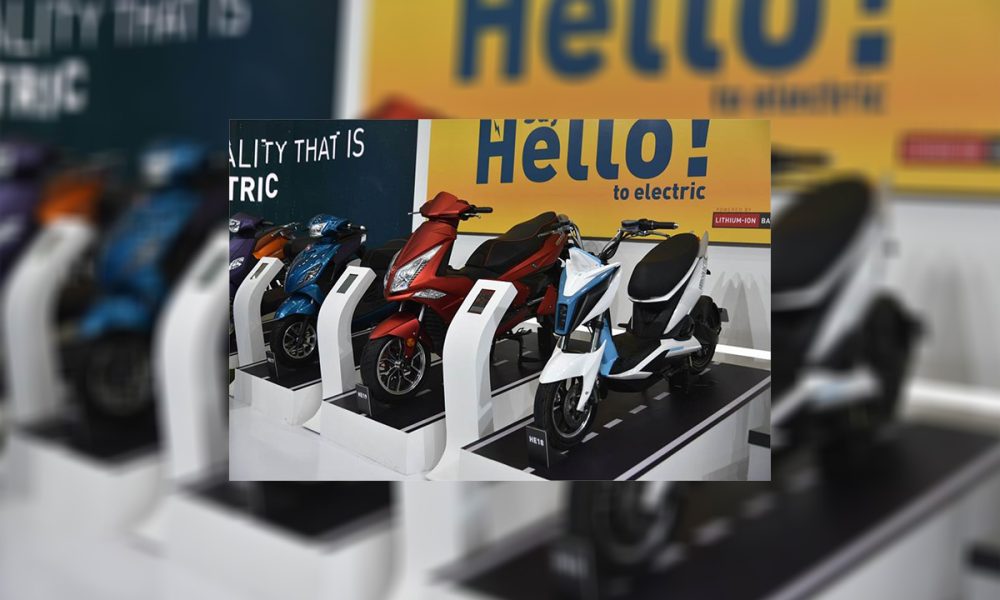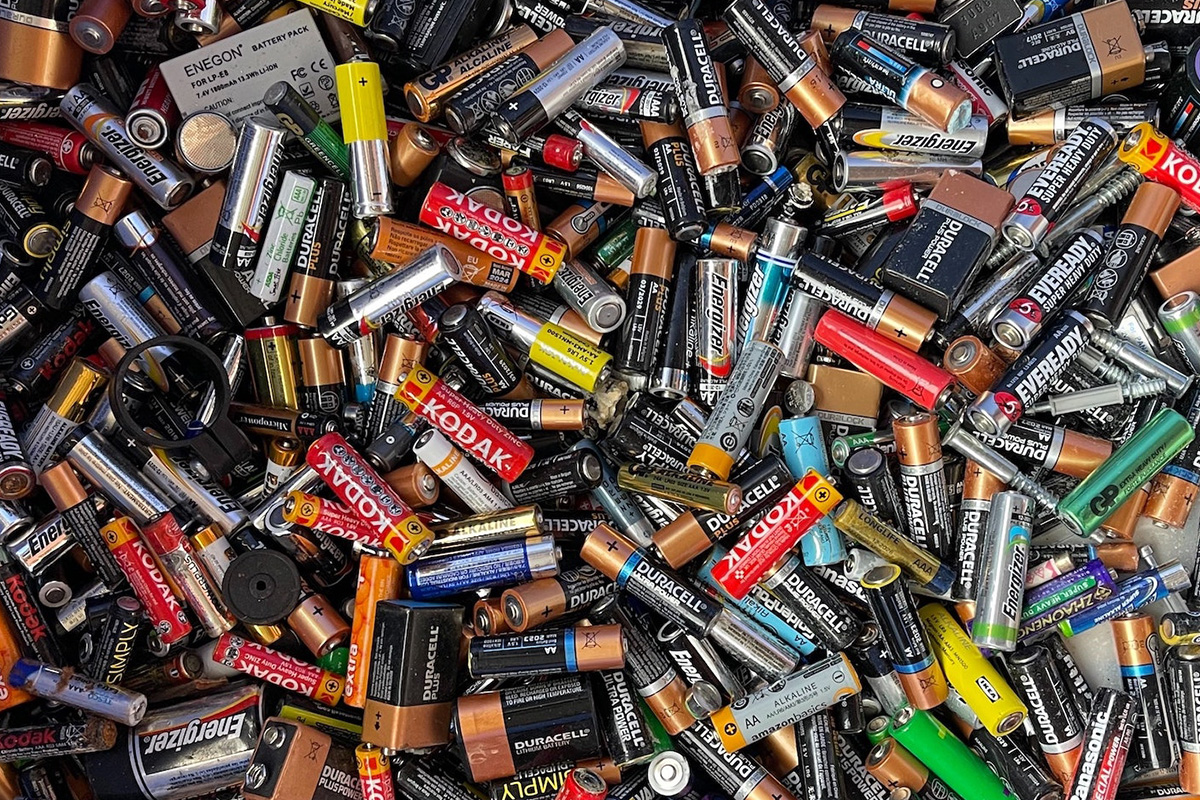
Allied Market Research published a report, titled, “Electric Two-Wheeler Lithium-ion Battery Management System Market by Vehicle Type (Pedelecs, Scooters, and Motorcycles), and Topology (Centralized, Distributed, and Modular): Global Opportunity Analysis and Industry Forecast, 2022–2031″. According to the report, the global electric two-wheeler lithium-ion battery management system industry generated $0.90 billion in 2021 and is anticipated to generate $5.6 billion by 2031, witnessing a CAGR of 20.3% from 2022 to 2031.
Download Sample of Research Report Overview – https://www.alliedmarketresearch.com/request-sample/8260
A battery management system (BMS) is an electronic system that controls and maintains the battery pack of an electric two-wheeler. Electric two-wheelers are powered by lithium-ion batteries. The battery management system (BMS) continuously monitors a variety of battery parameters, including voltage, current flow, temperature, and charge state. The BMS actively balances the various cells in the battery pack to ensure that they are uniformly charged and discharged. This balancing process helps to improve the battery pack capacity and lifespan. The BMS also provides essential information to the vehicle’s control system, allowing for accurate range estimation and efficient management of the electric powertrain.
Prime Determinants of Growth:
The global electric two-wheeler lithium-ion battery management system market growth is attributed to the increase in the adoption of electric vehicles (EVs) and hybrid electric vehicles (HEVs), a rise in industry preference for the use of lithium-ion batteries, and growth in the adoption of rechargeable batteries across multiple end-use industries. However, the rise in the overall price of products with the addition of the battery management system hinders the growth of the market. Moreover, an increase in the adoption of cloud-connected battery management systems, growth in demand for renewable energy, and rise in demand for e-bikes and e-scooters provide remarkable growth opportunities for players operating in the market.
Leading Market Players: –
- Elithion Inc
- Jiangsu Xinri E-Vehicle Co
- Leclanche
- Lithium Balance
- Mahindra & Mahindra Ltd
- Navitas System LLC
- Nuvation Energy
- NXP Semiconductors
- Renesas Electronics Corporation,
- Shenzhen Litongwei Electronics Technology Co., Ltd
- Yamaha Motor Co., Ltd.
- Texas Instruments Incorporated
The report provides a detailed analysis of these key players in the global electric two-wheeler lithium-ion battery management system market. These players have adopted strategies such as new product launches to increase their market share and maintain dominant shares in different regions. The report is valuable in highlighting business performance, operating segments, product portfolio, and strategic moves of market players to showcase the competitive scenario.
Procure Complete Research Report Now – https://www.alliedmarketresearch.com/electric-two-wheeler-lithium-ion-battery-management-system-market/purchase-options
Electric Two-Wheeler Lithium-Ion BMS Industry Report Coverage & Details:
|
Report Coverage |
Details |
|
Forecast Period |
2022–2031 |
|
Base Year |
2021 |
|
Market Size in 2021 |
$0.90 Billion |
|
Market Size in 2031 |
$5.6 Billion |
|
CAGR |
20.3 % |
|
No. of Pages in Report |
229 |
|
Segments Covered |
Vehicle Type, Topology, and Region |
|
Drivers |
Increase in adoption of electric vehicles (EVs) and hybrid electric vehicles (HEVs) |
|
Rise in industry preference for use of lithium-ion batteries |
|
|
Growth in adoption of rechargeable batteries across multiple end-uses |
|
|
Opportunities |
Increase in adoption of cloud-connected battery management systems |
|
Growth in demand for e-bikes and e-scooters |
|
|
Restraints |
Increase in the overall price of the product with the addition of a battery management system |
COVID-19 Scenario:
- The pandemic had a negative impact on the global electric two-wheeler lithium-ion battery management systems market, due to worldwide lockdown, halt in manufacturing activities, and trade restrictions.
- Post-pandemic, there has been a resurgence in the demand for electric vehicles, owing to greater adoption of clean energy sources, emission restrictions, and supportive government policies, thereby driving the demand for the global electric two-wheeler lithium-ion battery management system systems.
The modular segment to maintain leadership status during the forecast period-
Based on topology, the modular segment held the highest market share in 2021, accounting for nearly half of the global electric two-wheeler lithium-ion battery management system market revenue, and is estimated to maintain its leadership status during the forecast period. Owing to advantages, such as scalability based on requirement, lower maintenance cost, and noise immunity. However, the distributed segment is expected to register the highest CAGR of 21.7% from 2022 to 2031. Distributed battery management system provides improved precision, owing to the presence of dedicated microcontrollers for each cell and are cheaper.
The scooters segment to maintain its leadership status during the forecast period-
Based on vehicle type, the scooter segment held the highest market share in 2021, accounting for more than two-fifths of the global electric two-wheeler lithium-ion battery management system market revenue, and is expected to maintain its leadership status during the forecast period. Mopeds and scooters are gaining traction in the electric two-wheeler lithium-ion battery management system market as they are filling a medium-trip-sized gap in micro-mobility. On the other hand, the motorcycle segment is projected to manifest the highest CAGR of 23.0% from 2022 to 2031. Electric motorcycles aid in a significant reduction of carbon dioxide (CO2) emissions, carbon footprints, and noise pollution, thereby gaining popularity over internal combustion engine (ICE) powered motorcycles. In addition, companies operating in the industry are focusing on developing electric motorcycles with maximum torque and high power to cater to the growing market trend of high speed and long range.
Interested to Procure the Research Report? Inquire Before Buying – https://www.alliedmarketresearch.com/purchase-enquiry/8260



 , the market size of Lithium-Ion Battery Anode is estimated at
, the market size of Lithium-Ion Battery Anode is estimated at 